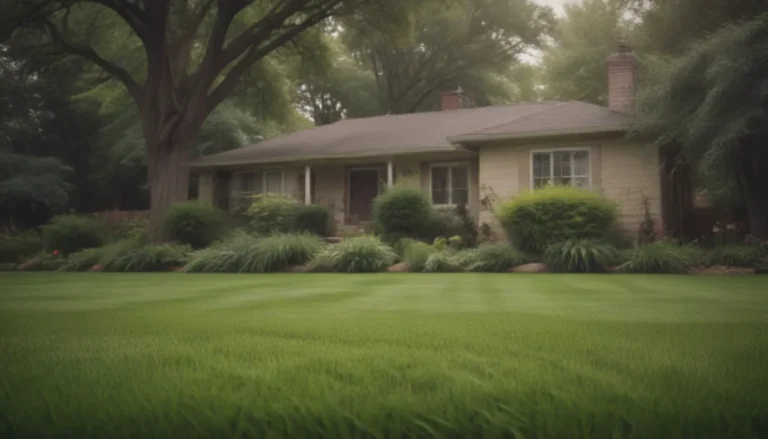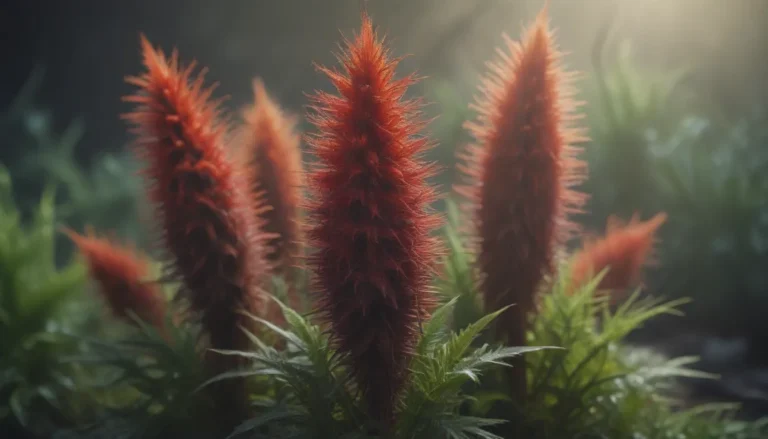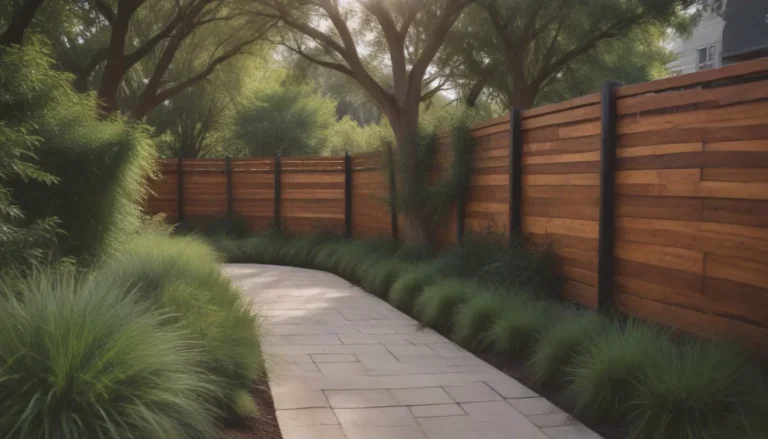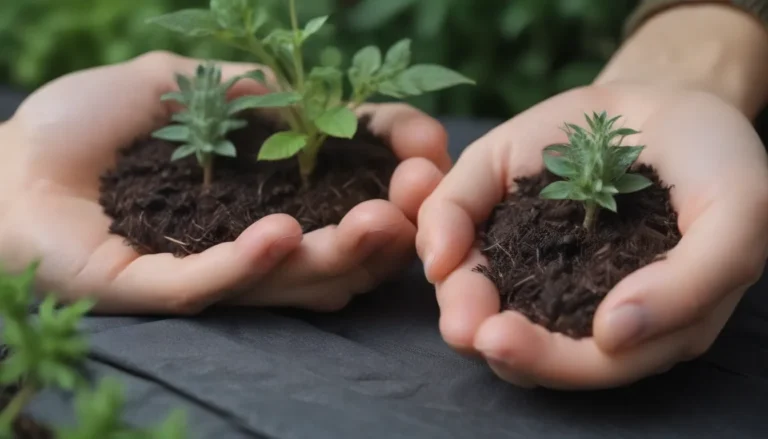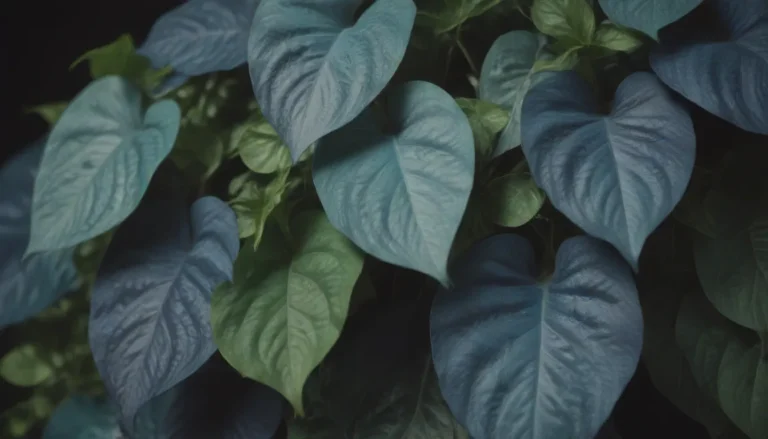All About Sod: Types, Uses, and Growing Advice

Are you considering starting a new lawn or trying to repair bare patches in your current lawn? If so, you may have come across the option of using sod. But what exactly is sod, and how can it benefit your landscaping efforts? In this comprehensive guide, we will explore everything you need to know about sod, including its types, uses, and growing advice.
What Is Sod?
Sod is essentially a layer of pre-grown grass that includes the soil and roots. It is typically sold in rolls and can be easily laid out to create a fresh, green lawn. Unlike planting grass seeds and waiting for them to grow, sod provides an instant lawn solution. While sod may be more expensive than grass seed, the time saved and the immediate results make it a popular choice for many homeowners.
What Is Sod Used For?
Sod is a versatile landscaping option that can be used for various purposes, including:
- Starting new lawns
- Repairing bare patches
- Preventing erosion on slopes
- Providing instant landscaping in new properties
Whether you are a homeowner looking to transform your backyard or a commercial operation in need of a perfectly manicured green space, sod can be a convenient and efficient solution.
Benefits of Sod:
- Provides instant results
- Minimizes erosion
- Enhances curb appeal
- Lowers maintenance requirements
Types of Sod: Warm-Season vs Cool-Season
The type of sod you choose should be based on your climate and region. Different types of sod thrive in different temperature ranges, so it’s essential to select the right variety for optimal results. Here are the main types of sod based on seasonal preferences:
Warm-Season Sod
Warm-season sods are ideal for regions with hot summers and mild winters. These grass types thrive in temperatures above 55 degrees Fahrenheit and include:
- Bermuda grass (Cynodon dactylon)
- Zoysia (Zoysia spp.)
- Centipede (Eremochloa ophiuroides)
- St. Augustine (Stenotaphrum secundatum)
Cool-Season Sod
Cool-season sods are suitable for regions with cold winters and moderate summers. These grass types grow best in temperatures below 90 degrees Fahrenheit and include:
- Tall fescue (Festuca spp.)
- Kentucky bluegrass (Poa pratensis)
- Perennial rye (Lolium perenne)
How Is Sod Grown?
Sod is grown on specialized farms where the process involves tilling the land, adding compost, seeding, and caring for the sprouted grass. The time required for sod to grow varies depending on the type of grass, with some varieties taking up to two years to be ready for harvest. Sod is harvested using a sod harvester, which lifts the grass out of the ground and cuts it into manageable units for transportation and installation.
Tip:
When planning to lay sod in the fall, be sure to purchase it early in the season to ensure a wider selection and availability from suppliers.
How to Choose the Right Sod
Before selecting a specific type of sod for your lawn, consider the following factors:
- Price
- Growing region
- Care requirements
By choosing the right sod variety that aligns with your climate and maintenance preferences, you can ensure a healthy and thriving lawn for years to come.
Tips for Growing Sod
Proper maintenance is essential for the longevity of your sod. Here are some tips for ensuring a healthy and vibrant lawn:
- Optimal Care: Sod should last at least 10 years when properly cared for.
- Timing: Early fall is perfect for laying cool-season sod, while warm-season sod is best installed in early summer.
In conclusion, sod is a convenient and efficient way to achieve a lush and green lawn in a short amount of time. By selecting the right type of sod for your climate and following proper maintenance practices, you can enjoy a beautiful and thriving lawn for years to come.
